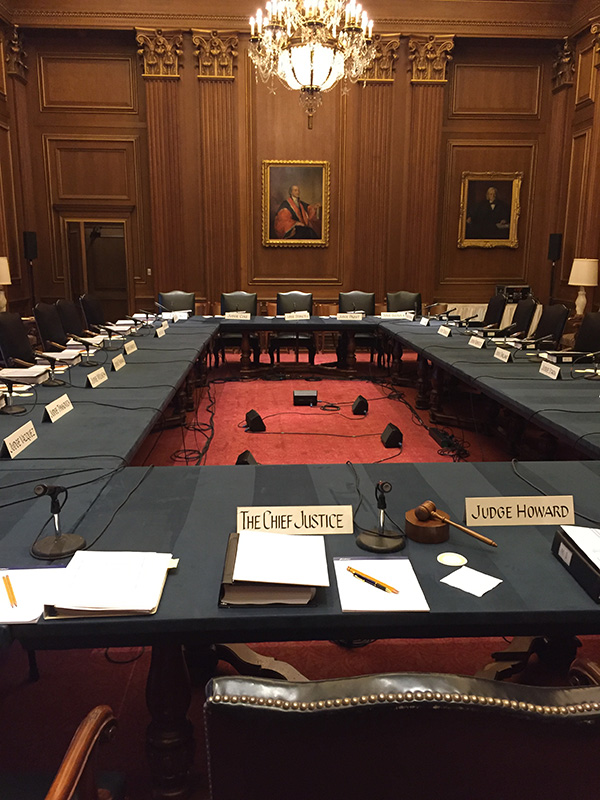
This year, the Judicial Conference of the United States celebrates its 100th anniversary during its September 20, 2022 meeting at the Supreme Court, just three days after Constitution Day. The close timing of the two celebrations is appropriate as the Conference has now played a crucial role in preserving our Constitutional structure for a century.
One of our Constitution’s greatest strengths is its provision for an independent Judiciary. The protections for judicial independence, however, within Article III, Section 1 of the Constitution – life tenure for judges during good behavior and a prohibition against reducing judges’ salaries during their service in office – proved to be incomplete. During the first 135 years of the nation, the Judicial Branch was managed first by the Department of the Treasury, then (in 1849) by the Department of the Interior, and then (in 1870) by the Department of Justice. All three are Executive Branch agencies.
Conflicts among the branches’ interests arose regularly. The courts’ caseload also continued to rise, causing backlogs and administrative challenges. Finally, Chief Justice William Howard Taft convinced Congress of the need for independent, self-management of the Judicial Branch. The Judicial Conference was created by statute in 1922 and initially called the “Conference of Senior Circuit Judges.” The Conference was renamed the “Judicial Conference of the United States” in 1948. The Chief Justice of the United States presides over the Conference, a body of 26 federal judges consisting of the 13 chief judges from each of the federal circuits and a district court judge representative from each of the 13 circuits. This Conference, among other things, establishes policies for the Judicial Branch, Rules of Procedures for the courts, and interacts with Congress on budget needs with the assistance of its 25 Committees and staff from the Administrative Office of the U.S. Courts.
As we reflect on the structure of our government this Constitution Day, Justice Robert H. Jackson’s description in the Steel Seizures cases of the “separate but interdependent” nature of how our three branches of government interact remains accurate. Yet, a substantial and contributing source to maintaining the separate functions of the Judicial Branch and keeping them free from interference by the other branches has been the Judicial Conference of the United States. There are good reasons to celebrate both the Constitutional and Institutional structure of our Judicial Branch today.
A Special Screening of the Society’s Latest Documentary, “Marbury v. Madison”
Be sure to check out these other past events:




